KEBALLOY ECO R-PEEK XS1700
KEBALLOY ECO R-PEEK XS1700 is an unreinforced, high-viscosity PEEK grade produced from high-quality post-industrial recyclate. The high purity of this recycled product, achieved by melt filtration, should be emphasized.
PEEK - KEBALLOY ECO
Details
The name KEBALLOY ECO stands for a product range of engineering plastics and high-performance compounds based on post-consumer or post-industrial recyclate. KEBALLOY ECO compounds enable significant CO2 savings compared to virgin materials and meet the highest requirements in terms of product properties and their uniformity from batch to batch. KEBALLOY ECO compounds also enable customer- or application-specific microcycles of engineering plastic parts and are thus a valuable contribution on the way to a circular plastics economy.
ISO designation
- PEEK(REC)
Typical areas of application
- Fasteners
- Housing
- Sliding elements
- Piston
- Rotors
- Plug
- Valves
- Gears
Industry sectors
- Automotive
- Electrical and electronics industry
- Household appliances
- Aviation Industry
- Mechanical Engineering
- Medical Technology
properties
- dimensionally stable
- good chemical resistance
- good gliding properties
- good aging behavior
- good fire behavior
- High wear resistance
- Very high continuous used temperature
- semi-crystalline
Overview of product features
Physical properties
Mechanical properties
Rheological properties
Thermal properties
Electrical properties
Material pretreatment:
KEBALLOY ECO R-PEEK XS1700 must be pre-dried to a moisture content < 0.02% before processing.
– Recommended dryer type: Dry air dryer with dew point -40°C.
– Recommended drying parameters: 2 – 4 h at 150 – 160°C
Equipment of the injection molding machine:
In the processing of KEBALLOY ECO R-PEEK XS1700, wear- and corrosion-protected injection units have proven their worth. Nitrided screws and barrels should be avoided, since under unfavorable conditions the nitrided layer may flake off. Barrel heating should be done with ceramic heating bands and allow temperatures up to 420°C. Extended nozzles should be avoided, open nozzles preferred. For maximum processing reliability and service life, the use of bimetallic screws and barrels is recommended. The injection unit should be selected so that the shot volume is 30 – 70% of the maximum metering volume.
Basic settings:
Mold temperature: 170 – 200°C
Melt temperature: 365 – 400°C
Nozzle temperature: 360 – 380°C
Cylinder temperature: 360 – 390°C
Infeed: 360°C
Hopper: 60 – 80°C
The back pressure should be selected low to medium to avoid excessive shear. We recommend 50 – 300 bar (specific) as the basic setting. The injection speed should be set as a slow – fast – slow profile. The basic principle is: as fast as possible, as slow as necessary. Depending on the part geometry, injection pressures between 1000 and 2000 bar can be expected. If the pressure requirement is high, an increase in mold and/or melt temperature can reduce the required injection pressure.
The holding pressure level and time should be selected so that the best possible compensation for volume shrinkage can be achieved in order to avoid sink marks and blowholes. It is advisable to determine the sealing time by weighing out the components. A value of 500 – 700 bar (specific) can serve as an orientation for the holding pressure; in individual cases, higher values may also be useful. The dispensing time should be selected so that the cooling time is utilized as much as possible (if necessary, set dispensing delay time).
Material change:
Due to the high temperatures involved in the processing of KEBALLOY ECO R-PEEK XS1700, the cylinder must be cleaned particularly carefully when changing materials in order to remove the material without leaving any residue. Suitable, temperature-resistant cleaning granules (e.g. based on PEI or PES) must be used for this purpose, and it is recommended that the screw be pulled and mechanically cleaned each time the material is changed.
A typical material change takes place in the following steps:
– Empty the hopper and allow the screw to run empty.
– Fill in cleaning granulate (see above) and rinse until no more residues are visible
– Reduce temperatures to 350°C while rinsing with cleaning granules
– Change cleaning material to PC and reduce temperatures further to approx. 250°C
– If necessary, continue rinsing with PE while lowering temperatures further
– Pull out screw and clean mechanically
*** Translated with www.DeepL.com/Translator (free version) ***
Legal notice
The information in this data sheet is based on our current knowledge and experience. Due to the wide range of possible influences during processing and application of our products, they do not exempt the processor from carrying out his own tests and trials. A legally binding assurance of certain properties or suitability for a specific application cannot be derived from our information.
* FE products are development products which are still in the trial phase. Technical data may still change in the course of product and process development. No final decision has yet been made on the commercialization of FE products. We reserve the right to discontinue the manufacture of FE products without giving further reasons.

Do you have
questions about our
products or services?
Then make an appointment with us.
Our team will be happy to advise you in a
personal conversation or by e-mail.

